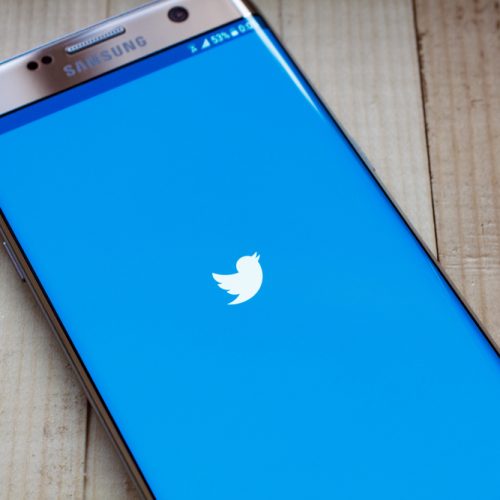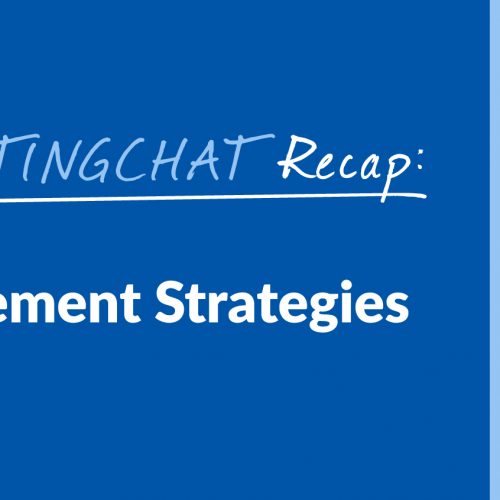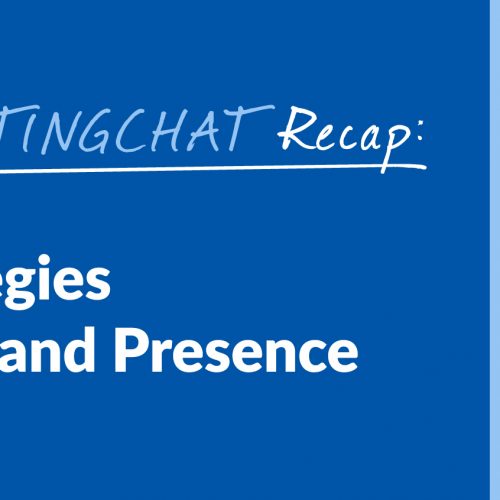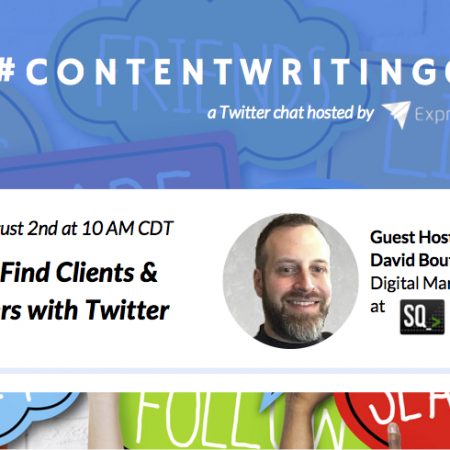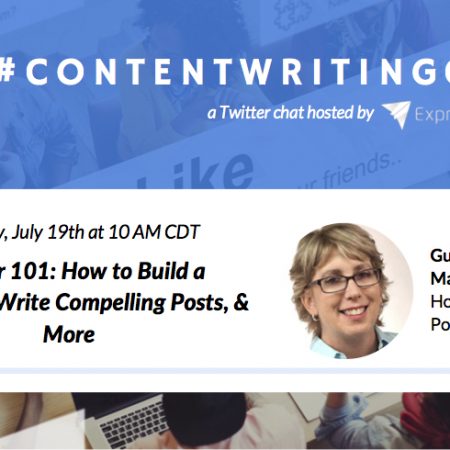How to Write the Most Engaging Social Media Posts
Writing a social media post doesn’t seem overly complicated. Should be pretty straightforward and simple to do, right? Actually, copywriting to attract the right audience from a business standpoint is a little more methodical than you might expect compared to writing social media posts as an individual. There’s a lot more at stake for the business, including a meaningful impact on the brand’s perceived authority, its reach to potential new consumers, engagement rates, and more. Globally, as of July 2021, there are an estimated 4.48 billion social media users (almost 57% of the world’s population). Facebook still reigns supreme with an estimated 2.853 million users, followed by YouTube in second place. Here’s where it gets tricky – each social media platform has its own tips, tricks, algorithms, and best practices. Content that performs well on LinkedIn isn’t likely to see that same success on Twitter or Pinterest if posts are simply copied and pasted uniformly across every channel. Not to worry… we’re here to share the best advice for each social outlet so your content performs no matter where it’s posted. When done correctly, a marketing strategy on social media can reach a lot of people to bring in leads, raise brand awareness, and create conversion opportunities. Need some help writing content for social media? Our experienced, social-media-savvy writers are just a few clicks away with social media content packages. [bctt tweet=”Copywriting to attract the right audience from a business standpoint is a little more methodical than writing social media posts as an individual. (There’s a lot more at stake! ?) Learn how to write posts that won’t fail ?” username=”ExpWriters”] How to Write Social Media Posts That Won’t Fail The good news is, you don’t have to rely on too much trial and error to nail down the best methods for the various social media channels. Why? Because a lot of other people have already done it for you! You can (and should) still monitor your social media analytics to see which posts engage with your unique audience the most, but as far as coming up with a tried-and-true formula, there’s no reason to reinvent the wheel. Follow these tips to rule your social media campaigns. 1. How to Write Facebook Posts That Get Liked and Shared The #1 social media platform isn’t exactly a one-and-done content formula because it handles multiple types of media, and different posting techniques can work well depending on the goal you’re hoping to accomplish. To find success on Facebook, you need to “read the room” and respond to your audience. These guidelines with help you do just that: Video is the best performing content. However, Facebook campaigns are most effective when you vary your types of posts, so mix it up with photos, infographics, text, gifs, memes, blog posts, press releases, links, et cetera. The ideal length for a post is around 40-80 characters. As a general rule, short posts on social media perform better than long ones. End with a question. People are more likely to engage when you reach out to them for their opinions or feedback. Post interesting content, even if it doesn’t pertain directly to your brand. Facebook’s audience has a limited tolerance for self-promotion, which means if you want to keep your followers engaged, it doesn’t hurt to post about more than just your business. Be sure to keep your topics related to your niche, though. Make it visual. Text is easy to scroll past, but graphics help to make people pause while they’re skimming through their newsfeed. Even if you’re publishing a post that’s strictly text, Facebook makes it easy to transform it into a visual graphic. 2. How to Write Effective Tweets on Twitter Posting on Twitter requires smart, concise word choices to convey your message within a limited space. It can take a little extra practice, but once you get the hang of it, your tweets will take off. When posting on Twitter, take this advice into account: Front-load your tweet. Most people on Twitter are skimming through a massive amount of content. Put the most important information at the beginning of your tweet to catch their attention. The ideal length for a tweet is 240+ characters. Twitter increased its character limit from 140 to 280 in 2017, and users seem to appreciate the extra room to express themselves. If you need more than 280 characters, create a thread or add a link to a blog post. Tip: Use a free tool like Bitly to shorten your url and maximize your space. Don’t go overboard with hashtags. Real estate for your tweet is limited – you can’t afford to spend it all on hashtags rather than your actual message. Limit yourself to 1-3 relevant hashtags. Tweet shareable content. Twitter’s audience loves to retweet breaking news, statistics, quotes, jokes, and gifs. Timing is important on Twitter – you don’t want to be the last one to share yesterday’s news. 3. How to Write Engaging Instagram Captions Instagram is all about visual content, but that doesn’t mean you can skate by with insufficient captions. If you want your audience to interact with your content, your words do matter. Start with a bang. Instagram allows up to 2,200 characters. However, it’s important to keep in mind that no more than 125 characters will show beneath your photo. If you want your audience to read your full post, you need to entice them to click “more.” Use emojis. Instagram + emojis = ? For real, though, emojis have proven to be incredibly effective on Instagram. Use relevant hashtags. You’re allowed up to 30 hashtags, but don’t just pick the ones that are currently trending (especially if they don’t really pertain to your media). Instead, try to vary your hashtag use. Select a few broad, popular ones but also mix in some niche-specific hashtags, plus one or two branded ones. For example, Coca-Cola created the branded hashtag #ShareACoke for an Instagram campaign. Break up long text into paragraphs. Instagram … Read more


